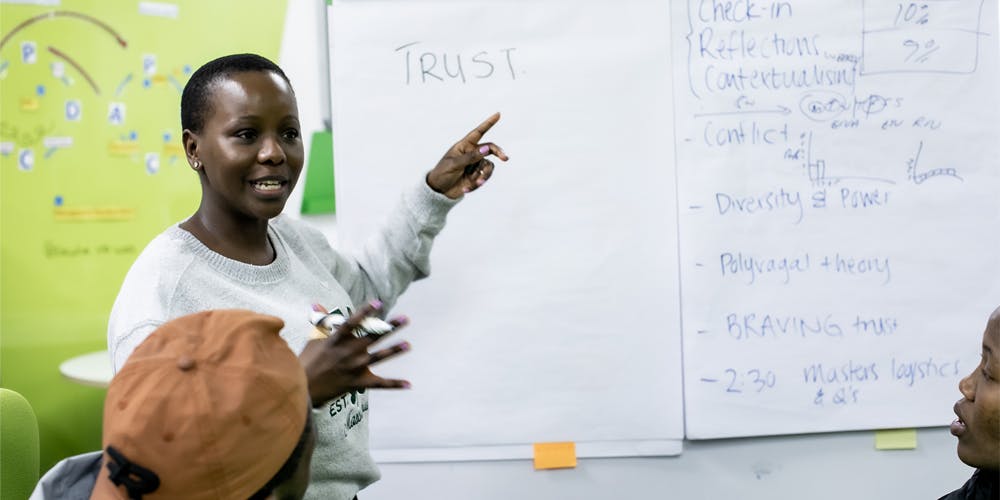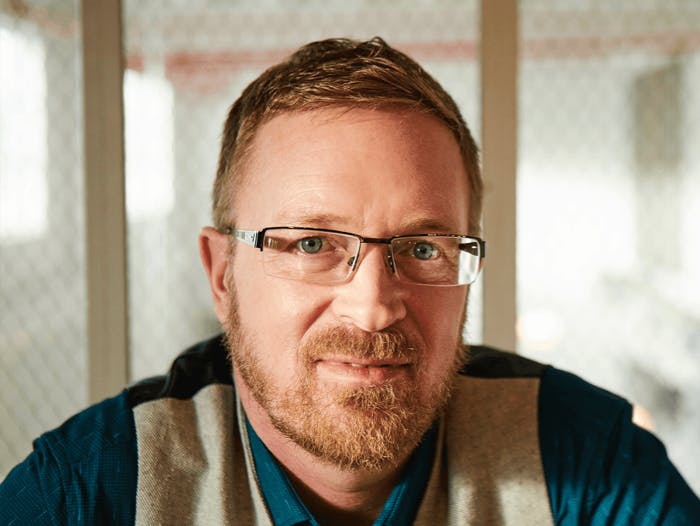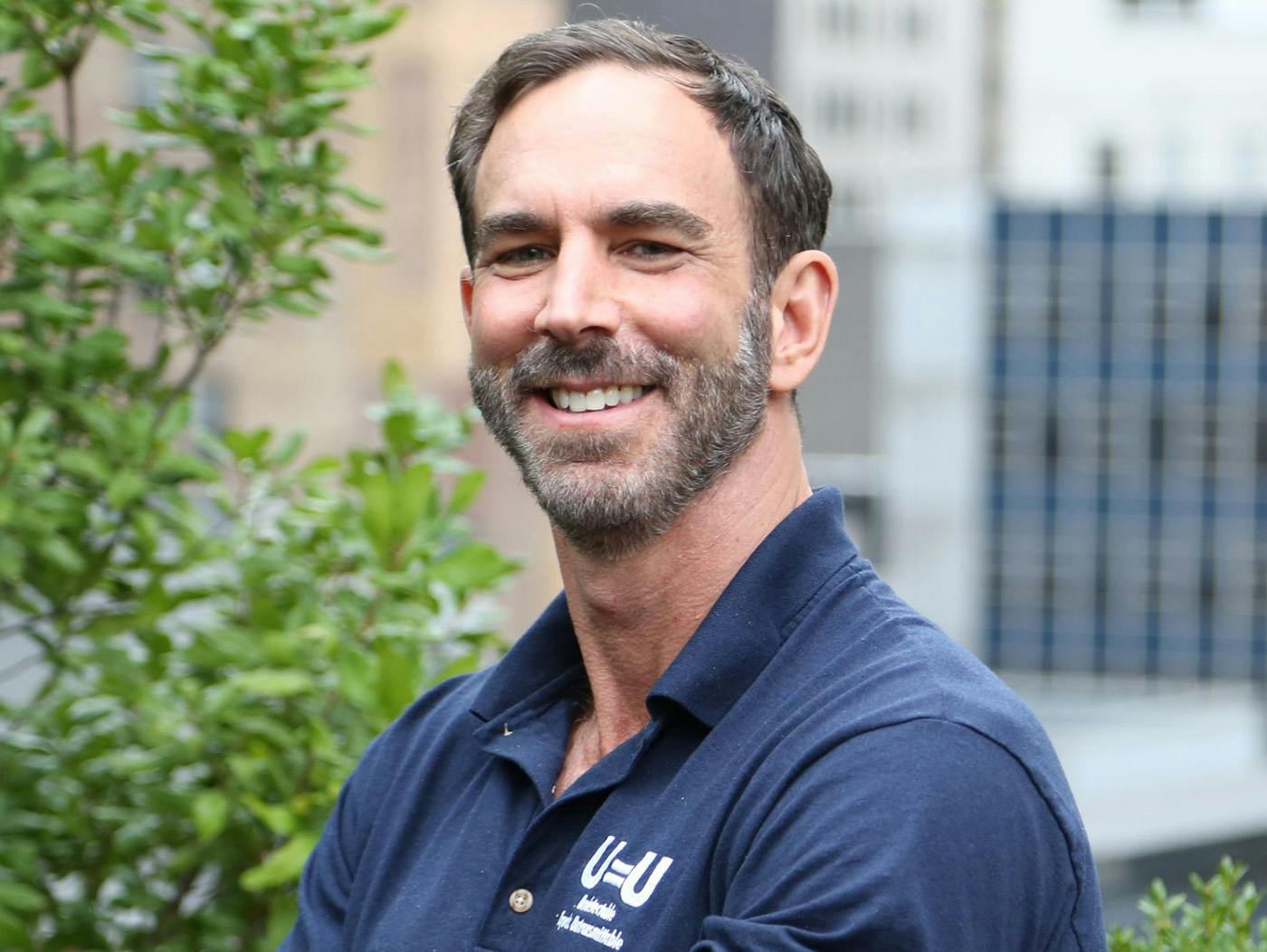ADDRESSING HIV IN ADOLESCENTS

As our world’s population keeps getting younger, our youth face unprecedented development challenges with HIV/AIDS still very much being one of them. This presents a complex reality for the health of adolescents and young people who are blossoming into life with expectations of a prosperous future, yet still face significant obstacles in education and security that hinder their overall well-being and stability.
The statistics show that one in seven new HIV infections worldwide is attributed to adolescents,1 yet young people living with HIV remain one of the most vulnerable and at-risk populations and are often overlooked in global health agendas. From 2005-2012, adolescents were the only age group across the world that did not show a decrease in AIDS-related deaths.1 By 2012, more than 2.1 million adolescents were living with HIV.2 In addition,
If we carefully examine global trends, we can see some of the challenges faced:
Only one in two children born with HIV lives to see their fifth birthday. After achieving that first milestone in the first decade of life, Looking at the future past this first five year milestone can only be daunting and implications in terms of achieving wellbeing and stability challenging.
Heterogeneity of adolescence itself is complex and too commonly overlooked by patronising practices. Special considerations have to be taken when addressing the needs of adolescents born with HIV. As well as understanding that alongside heterogeneity comes diversity, an adolescent settling into his or her sexual orientation and gender identity play a crucial role.
This is not only due to the life stage, but also because, sadly, it’s a factor that can directly harm the adolescent’s access to services. Addressing these issues comprehensively plays an important part in enabling adolescents to achieve their full potential.
A stronger case needs to be made in order to ensure that laws and policies are adjusted to respect adolescent autonomy. This should go hand in hand with the comprehensive sex education frameworks needed to ensure that decisions are made with greater knowledge of the adolescent’s wellbeing.
The onset of adolescence is a significant time; it brings new experiences and feelings to individuals not exclusive of the changes in their bodies, but also vulnerabilities in abuse of human rights, particularly in the areas of sexuality, marriage and motherhood. Boys and girls live in societies and cultures that do not address their needs, which in turn not only affect their future and everyone else’s too.
The oppression faced by both girls and boys renders the development of our societies into inequitable policy and societal frameworks that are not adapted nor address the wellbeing of adolescents. Recognising that at any time an HIV diagnosis is difficult, nonetheless for teens starting their adult life we can certainly imagine how one would question the need to adhere to complex drug regimens and may feel overwhelmed and victimised by the stigma of HIV.
- World Health Organization. HIV and adolescents: Guidance for HIV testing and counselling and care for adolescents living with HIV: Guidance Document. Available at:http://apps.who.int/iris/bitstream/10665/94334/1/9789241506168_eng.pdf?ua=1. Last accessed: July 2016
- UNAIDS. Fact Sheet 2016: Global Statistics – 2015. Available at: http://www.unaids.org/en/resources/fact-sheet. Last accessed July 2016.
YOU MAY ALSO BE INTERESTED IN
Much has been done to reduce discrimination at an organisational level through anti-discrimination laws, but this varies across countries. More needs to be done to ensure that legislative frameworks are being implemented.
The Global Positive Perspectives Wave 2 Study is one of the largest, global, HIV patient-reported outcomes studies to date, involving 2,389 people living with HIV (PLHIV) aged 18-84 across 25 countries.
It is now established that if you’re on treatment and have an undetectable viral load, you cannot pass on HIV through sex. Undetectable = Untransmittable, or U=U. This simple equation has profound implications for everyone living with HIV, and for economies and governments around the world.
NP-GBL-HVX-COCO-230010
If you get any side effects, talk to your doctor, pharmacist, or nurse. This includes any possible side effects not listed in the package leaflet. You can also report side effects directly via the GSK Reporting Tool link https://gsk.public.reportum.com/. By reporting side effects, you can help provide more information on the safety of this medicine.
If you are from outside the UK, you can report adverse events to GSK/ ViiV by selecting your region and market, here.


